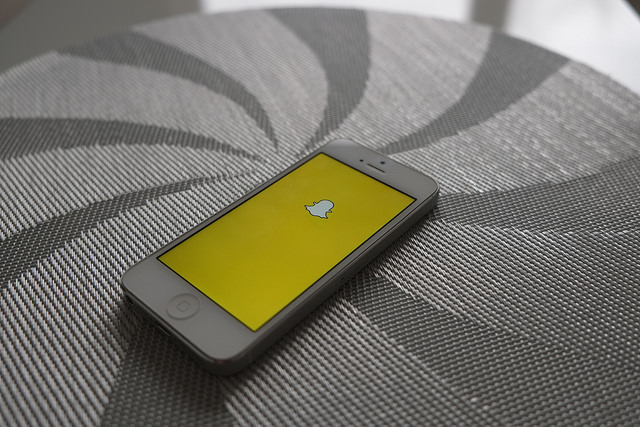Robert Ford creates this strange fictional world when people can do anything at all, with no judgments, and no law. Finding who we really are is the objective. And Westworld allows people to solve their maze in life. This also happens in the real world. It happens to you, to us, to everybody. We are all looking to find our path. But what happens when we live more in the online world than in the real one? At Lis7o, we think everybody starts walking through their online maze too. So creating different online mazes for different targets must be the key to making content relevant and engaging nowadays, right?
When the mysterious man dressed in black wants to find the maze, he tries to go deeper in the Westworld game. Well, in our world we don’t really have to because we are already swimming in the game. The game is all around us. It’s like a matrix, but a real one. And we are all blinded, searching the internet and the networks for our true meaning.
Just a few are searching for their way out, but they continue to fall in the same matrix all over again. Our lives pass by day after day navigating on social media, collecting likes, and giving away all of our personal data and our private moments, and so on. So, why won’t brands take advantage of it?
The new communications paraphernalia opens a lot of opportunities for creating mazes in different channels. A Facebook maze, an Instagram maze, a Snapchat maze, and so on. And of course, they should all be interconnected. Social media is substituting real life, so the digital experience should be that real. We need to become the masters of the game, we have to play our role of creative directors of this Westworld, like Anthony Hopkins’ character does.
So what does all of this mean? How do we become the masters of this game? There are at least two levels in online communications. If you just publish content but you don’t have a real strategy you’re playing on the first level. If you assign a more profound meaning to online communications, creating a “real life experience” for your clients, then you’ve solved your own maze.
You’ll have an army of content managers, online strategists, and marketers available to fight, but you’ll have to keep them up to date and trending, or the story will be old and nonsense and nobody will want to play with your brand anymore. They’ll just choose another story, another maze.
Create appealing and compelling stories that engage your customers like if they were in real life, get real life insights and work on them until you’ve turned them into an online experience. Sometimes, like Dolores, we’ll have some blanks, but nevermind, on the next day, we’ll continue to play again the same game, with a happy smile on our faces.
As William once said: “this world is exactly like the one outside. A game, one to be fought, taken, won.”











